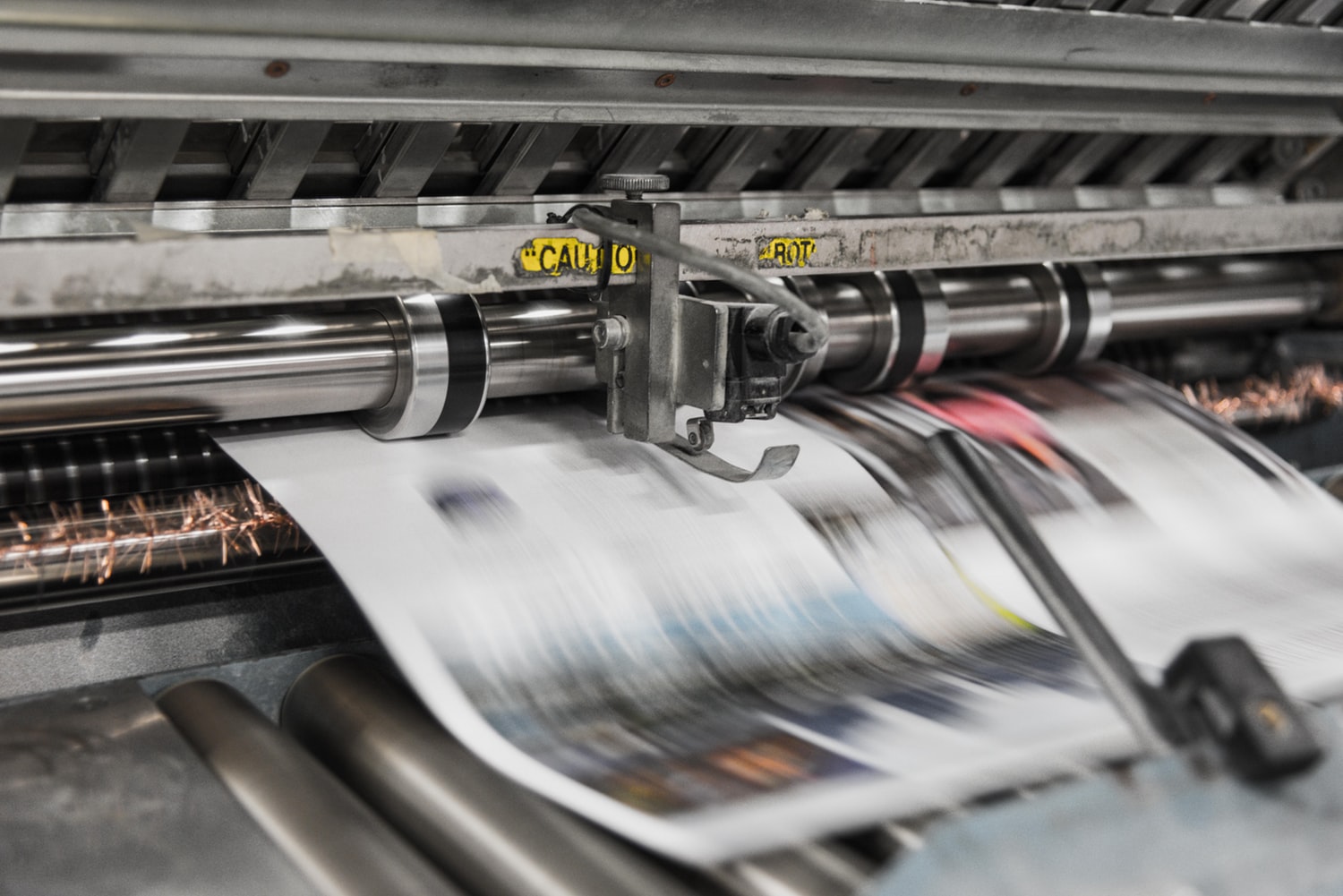
Facebook’s ‘No Fact-Checking’ Policy in Political Advertising
March 6, 2020
Recent developments in UK banking
March 6, 2020Article written by Mayank Tripathi
Earlier this month Uber was issued a permit to test self-driving cars in California. Uber’s autonomous vehicle (AV) program was revived two years after one of its test cars was involved in a crash which resulted in a woman’s death in Arizona.
The implications of successfully developing AV technology can be manifold for Uber. At the moment, Uber receives only 25% of the fare generated by each journey and the rest goes to the driver. Driverless cars would result in a massive increase in the revenue generated per journey.
Developing AV technology can also be seen as a strategic long-term investment in order to help the company stay competitive. Lyft, Uber’s main competitor in North America, has started developing self-driving cars too and Uber also faces competition from legacy companies such as Ford and BMW.
Uber also plans on deploying electric vertical takeoff and landing vehicles, which are currently being developed by Hyundai, for its air taxi network. By relying on such projects along with AVs, Uber can position itself as an innovative company providing novel solutions. This is crucial because as the ride hailing market becomes increasingly saturated with the entry of new companies such as Ola and Bolt, customers are more likely to be influenced by factors such as brand image and culture.
However, there are also questions being raised regarding the viability of the project.
Firstly, how are the vehicles going to be owned? At the moment, drivers are responsible for costs of owning, maintaining, insuring and fuelling their vehicles. Without drivers, Uber would be responsible for a fleet of highly deprecating assets with high costs of maintenance. Uber executives have proposed using “car fleet investment trusts” as an ownership vehicle with investors getting returns funded from the revenue generated by rides on the self-driving cars. However, the concern here is whether these asset classes would generate steady returns to attract investors.
There’s also a question of who would bear liability in the event of accidents involving AVs? Would some liability be imposed on the driver? Or does liability lie somewhere in the supply chain used for production of the vehicle?
The use of programming software adds another level of complexity. Driverless cars rely on machine learning, a key feature of artificial intelligence. Because of machine learning, a program can be taught to identify certain patterns in a given data set and then output a certain result. However, an issue with machine learning is the ‘black box problem’ – human inability to discern what machines are doing when they “teach” themselves new skills. Machine learning relies on correlation and probability instead of logic and reasoning. Therefore, it seems important that we should be able to understand what patterns and trends a program is using to base its results off. Taking this into account, should the developer of the program be liable if the AV is involved in an accident?
While it could be argued that insurance provides a solution, this raises its own problems. How are premiums going to be calculated? How would they differ given the varying levels of automation between different models and makes of driverless cars?
Yet to have a profitable year, Uber has had to deal with a multitude of problems over the last few years. In 2017 founder Travis Kalanick stepped down as CEO over sexual misconduct allegations. Last year Uber’s licence to operate in London was revoked by the city’s transport authority, Transport for London. Uber has already had to cancel a self-driving truck program in 2018 after having spent over $925 million on it. Accordingly, investors may be forgiven for treating the revival of the AV program with scepticism.
However, McKinsey estimates that roughly 15% of all automobiles sold in 2030 will be fully autonomous. By investing in the technology early on, Uber can gain first mover advantage. Not only would this give it a firm foothold in a growing sector, but it would also be ahead of its competitors.
For now, it remains to be seen if Uber’s foray into self-driving cars will contribute to its financial woes or whether the investment will pay off long term.





